Photo
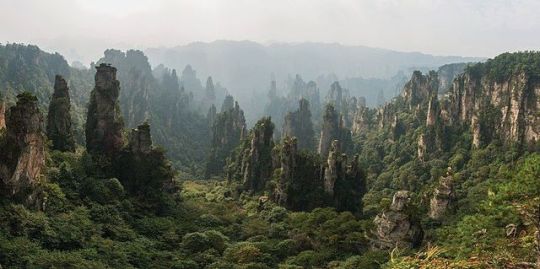
Tianzi Mountain
Not far from Suoxi Valley in the city of Zhangjiajie, , Hunan Province of China, is the Tianzi Mountain.
The mountain was formed about 318 million years ago by sedimentary rock. The natural elements eroded this rock which, over time, converted them into quartz stones. Some scientists say that there used to be an ocean that lay on top of the sedimentary rock.
Keep reading
212 notes
·
View notes
Text
Reblog if you ARE a woman in STEM, SUPPORT women in STEM, or ARE STILL BITTER about Rosalind Franklin not getting credit for discovering the structure of DNA and the Nobel prize going to Watson and Crick instead.
224K notes
·
View notes
Photo

I got to see this gorgeous banded iron formation again
675 notes
·
View notes
Video
Lava spurting into the ocean from Kilauea - I don’t think this looks like the “Firehose” earlier this year (which was higher up), so I think this must be a newer feature.
534 notes
·
View notes
Photo
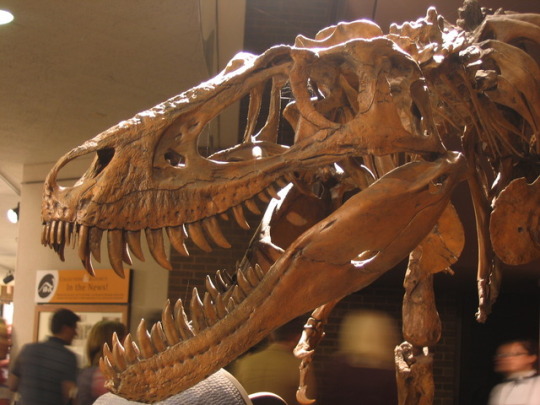

Another Theropod Tuesday! This is the (restored) skull of Nanotyrannus lancensis on a mount at the Cleveland Museum of Natural History. The holotype specimen of this dinosaur comes from the uppermost Cretaceous Hell Creek Formation of Montana. Debate still rages on whether Nanotyrannus is a valid genus of small tyrannosaurid or if it is a juvenile Tyrannosaurus rex. I am not jumping into that debate because I have not studied the specimens or the issue much!
#theropod#dinosaur#Nanotyrannus#Tyrannosaurus#Late Cretaceous#Hell Creek#Montana#Cleveland Museum of Natural History#museum#display#exhibit#mount#paleontology#geoscience#geology#science
2 notes
·
View notes
Video
instagram
natgeoVideo: @melissalesh and @tbfrost | (turn on sound for mud sliding sounds and my camera taking pics!) A very large male saltwater crocodile slides down the muddy banks of the Adelaide River in the Northern Territory of Australia. This particular crocodile is named Gnasher for his very recognizable teeth, stained orange by the tannins in the muddy waters of the region. Gnasher is around 18
Feet long, about 2000 pounds (900 kg) ,
And is likely well over 80 years old. So he would have been a young crocodile during World War II. There is a chance of course he is even older and was alive even during the Great Depression! Saltwater crocodiles are extraordinary creatures,
The great survivors, and I am
Excited and humbled to have published this story on crocodiles and people and conservation with National Geographic online. Check out the latest @natgeoinsta stories right now to see some more video and swipe up to goto the full story or follow the link in my bio to read the full story. There are 31 never before published photos. This work was supported by grants from the National Geographic Society.
383 notes
·
View notes
Photo

A rather different Theropod Tuesday entry! What you are looking at here are the remains of the third, fourth, and fifth cervical (neck) vertebrae (backbones) of the theropod Acrocanthosaurus atokensis in right lateral view (in other words, you’re looking at their right side--the head would be toward the right). These are part of specimen SMU 74646/FWMNH 938-9, currently housed at the Fort Worth Museum of Natural History in Fort Worth, Texas. Acrocanthosaurus was a very large theropod (though these vertebrae are from a small individual) that lived during the mid-Cretaceous (c. 115 million years ago) and has been found in Oklahoma, Texas, and Wyoming. It is an earlier relative of the even bigger and later Carcharodontosaurus and Giganotosaurus.
The fifth vertebra is relatively complete; the third and fourth are just the top parts of the vertebrae (called the vertebral arches or neural arches). The tops of the vertebrae are toward the top of the picture and comprise the (neural) spines; the overlapping bits below that are called the zygapophyses (how’s that for a Words With Friends word? Nah, too many letters...).
What’s especially interesting about these vertebrae, and about Acrocanthosaurus in particular, is the little prongs on the front ends of the vertebral spines near their tops. Notice that when the vertebrae are articulated (together in their life positions), as they are in this picture, each prong nests inside a hollow on the back side of the spine of the next vertebra in front! I’ve hypothesized that this slight bit of additional bolstering/stiffening might have helped the neck resist torque when an Acrocanthosaurus latched its mouth onto a prey animal, particularly a prey animal much larger than itself, such as a sauropod. But that hypothesis could stand some testing, if anyone out there is looking for a dinosaurological research project!
#theropod#dinosaur#Acrocanthosaurus#allosauroid#carcharodontosaur#Cretaceous#Oklahoma#Texas#Wyoming#Twin Mountains Formation#Antler Formation#Cloverly Formation#neck#vertebrae#vertebra#backbone#spine#bone#fossil#paleontology#geoscience#museum#collection#Ft Worth#SMU
4 notes
·
View notes
Photo

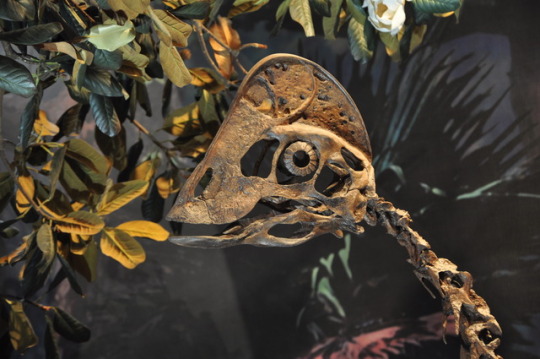
Anzu wyliei for Theropod Tuesday! Anzu is a caenagnathid (pronounced SEE-neg-NAY-thid) oviraptorosaur, meaning that it’s in the same general clade (group) of theropods (Oviraptorosauria) as Oviraptor. Caenagnathids, however, are a distinctive group within Oviraptorosauria, although much more poorly known than their “cousins,” the oviraptorids. Both lived in the Late Cretaceous epoch, and both are known from eastern Asia (Mongolia and China) and western North America (U.S. and Canada), but the oviraptorids seem more common and diverse in Asia while the caenagnathids are more common and diverse in North America. Anzu is the best known caenagnathid, and the first decently complete specimen from North America: between the known specimens, most of the skeleton is represented. It’s also one of the youngest oviraptorosaurs known anywhere: it comes from the latest Cretaceous Hell Creek Formation of North and South Dakota. The name Anzu is also the name of a feathered demon in ancient Mesopotamian cultures--the “feathered” aspect is particularly apt because oviraptorosaurs are known to have been feathered in life (see the painting on the wall behind the skeleton for a life restoration). The species name wyliei honors donors to the Carnegie Museum of Natural History in Pittsburgh, Pennsylvania, where the two most complete specimens, and this restored skeletal mount, reside. If you’re curious about the (ahem) proverbial meat and bones of this animal, the paper describing it is available free online at http://journals.plos.org/plosone/article?id=10.1371/journal.pone.0092022 .
By the way, anyone else is also welcome to jump in with their own Theropod Tuesday photos...and remember, “theropod” includes birds!
#theropod#dinosaur#paleontology#fossil#Anzu#caenagnathid#oviraptorosaur#oviraptorid#Hell Creek#Cretaceous#South Dakota#North Dakota#carnegie museum#museum#display#exhibit#feather#Pittsburgh#Pennsylvania#photography#mount#skeleton#bones
4 notes
·
View notes
Photo
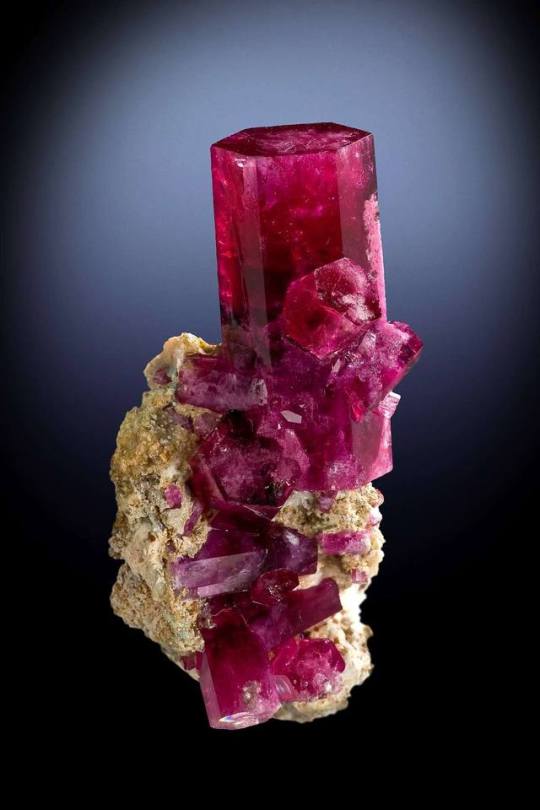
Red beryl
Designated the world’s rarest coloured gemstone in 2006 by the Jewellers association, red beryl only occurs in three locations in the USA, with the only decent specimens coming from the now moribund Ruby Violet mine in Utah (the largest gemmy crystal ever found was only 3.5 Cm long and the largest stone ever faceted weighs 8 carats). The matrix it grows in is a particular kind of silica rich magma formed during either crustal melting (say in a mountain building event) or when magmas such as basalt gradually differentiate during cooling. As crystals of olivine, pyroxene and plagioclase form and settle in the magma chamber, the remaining lava becomes enriched in silica and elements that do not fit into the structure of these minerals (known as incompatible elements and extensively used in geochemistry).
Keep reading
250 notes
·
View notes
Photo
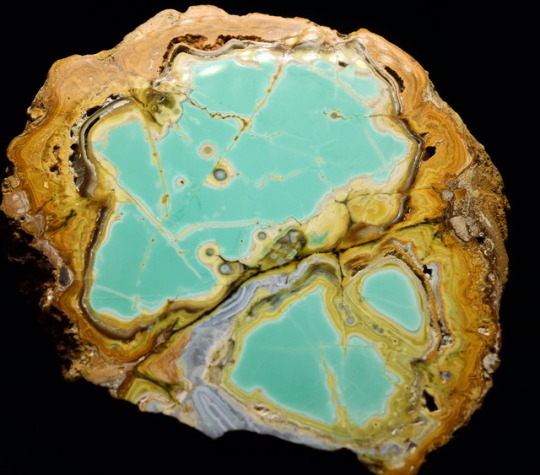
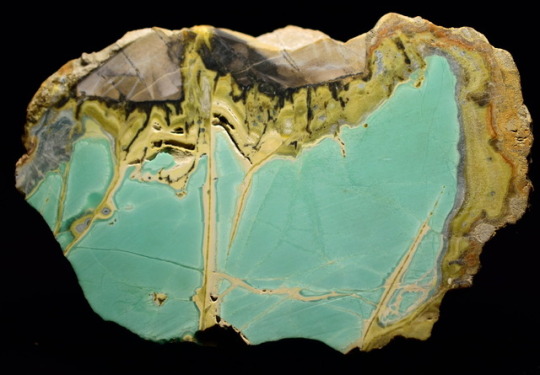

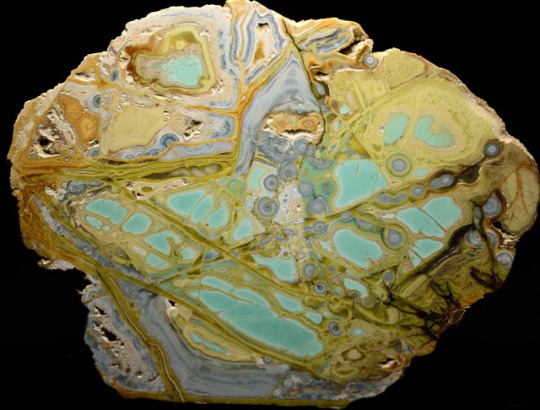
Polished slabs of green variscite (AlPO4·2H2O,) surrounded by yellow crandallite (CaAl3(PO4)(PO3OH)(OH)6) and white-gray wardite (NaAl3(PO4)2(OH)4·2H2O). From Little Green Monster Mine, Clay Canyon, Fairfield, Utah
416 notes
·
View notes
Photo
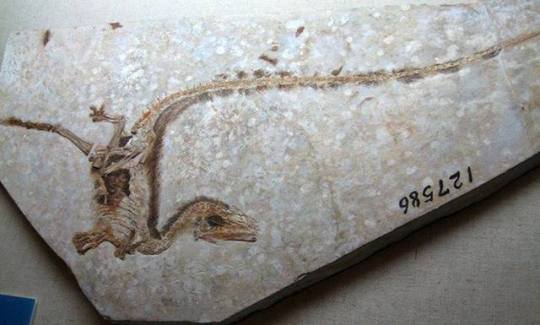
Feathered Fossils
This is no fossilized emu. This critter went by the name of Sinosauropteryx and was the first fossilized dinosaur aside from birds and birds’ immediate relatives to be found with feathers. Sinosauropteryx were about one metre long and lived in the Early Cretaceous Period (146 million-100 million years ago). Additionally, they are also the first species where scientists have been able to successfully predict the color of the animal based on the fossilizations. The tail, for instance, had very clear rings of reddish brown hue followed by a lighter yellow or white hue. The rings on Sinosauropteryx probably looked much like those of a modern day raccoon or red panda, beside the fact that they were feathers. Now that we have begun to properly illustrate our great, great ancestors from hundreds of millions of years ago strictly from fossilizations, who’s to say what discoveries may arise next? Prehistoric feathered flying sharks? THAT would be cool.
–Pete D
Photo Credit:
Sam / Olai Ose / Skjaervoy
http://tinyurl.com/d7t63al
References:
1. http://www.nature.com/nature/journal/v391/n6663/full/391147a0.html
2. http://www.nrcresearchpress.com/doi/abs/10.1139/e01-050#.Ukgkp3_NmYY
3. http://www.prehistoric-wildlife.com/species/s/sinosauropteryx.html
4. http://www.britannica.com/EBchecked/topic/852555/Sinosauropteryx
212 notes
·
View notes
Photo

Theropod Tuesday! An old skeletal restoration of the large dromaeosaurid theropod Utahraptor at the Utah State University Eastern Prehistoric Museum (formerly the College of Eastern Utah Prehistoric Museum) in Price, Utah. Utahraptor comes from the Lower Cretaceous (roughly 126 million year old) Yellow Cat Member of the Cedar Mountain Formation of southeastern Utah. This restoration was based on just a few bones of this animal and a lot of hypotheses based on other dromaeosaurids, particularly the roughly contemporaneous Deinonychus. However, a great deal of new material of this dinosaur has been discovered recently that will reshape what we understand this theropod to look like–if you’d like to participate and help, the Utahraptor Project is in need of contributions! Utahraptor was discovered right around the time that the first Jurassic Park movie came out, and is about the size of the “Velociraptors” in that movie, whereas the real Velociraptor was far, far, smaller and had a distinctly different head shape.
#theropod#dinosaur#dromaeosaur#dromaeosaurid#utahraptor#velociraptor#cedar mountain formation#yellow cat member#utah#cretaceous#paleontology#fossil#museum#exhibit#display#geology#geoscience#jurassic park#photography#earth#science
1 note
·
View note
Photo
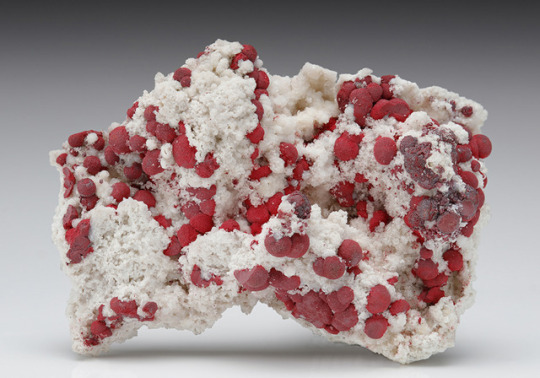
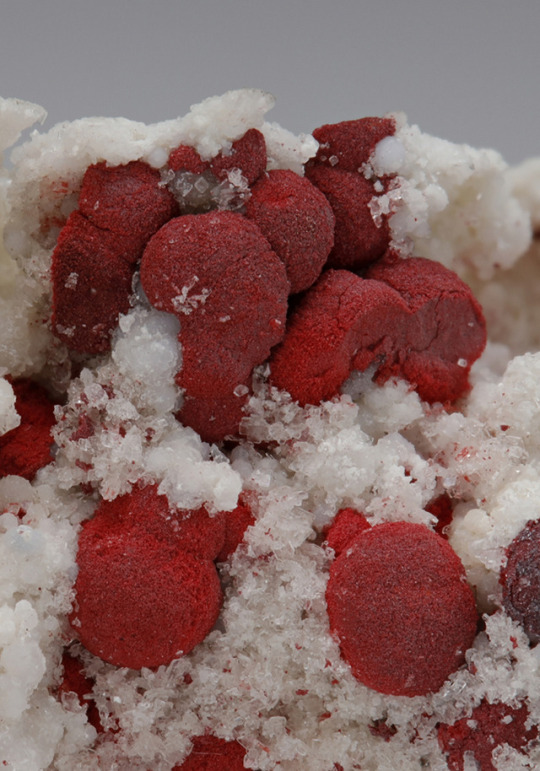
Botryoidal Cinnabar with Baryte & Calcite
Locality: Cavnic, Maramures Co, Romania, Europe
626 notes
·
View notes
Photo


Theropod Tuesday! Top photo: this is what’s preserved of the front end of Tanycolagreus, a basal coelurosaurian from the Upper Jurassic (~150 million year old) Morrison Formation of Wyoming. Bottom photo: skeletal restoration of Tanycolagreus in action (though the hands are in the incorrect “bunny hands” position--both palms should face inward, not downward). Both on display at the Museum of Ancient Life in Lehi, Utah.
#tanycolagreus#theropod#dinosaur#fossil#paleontology#geoscience#geology#jurassic#Morrison Formation#Wyoming#museum#display#exhibit#photography#Utah#coelurosaur
193 notes
·
View notes
Text
Also Rodinia and Kenorland.
having separate continents is so stupid im over it reblog if you miss pangaea
644K notes
·
View notes
